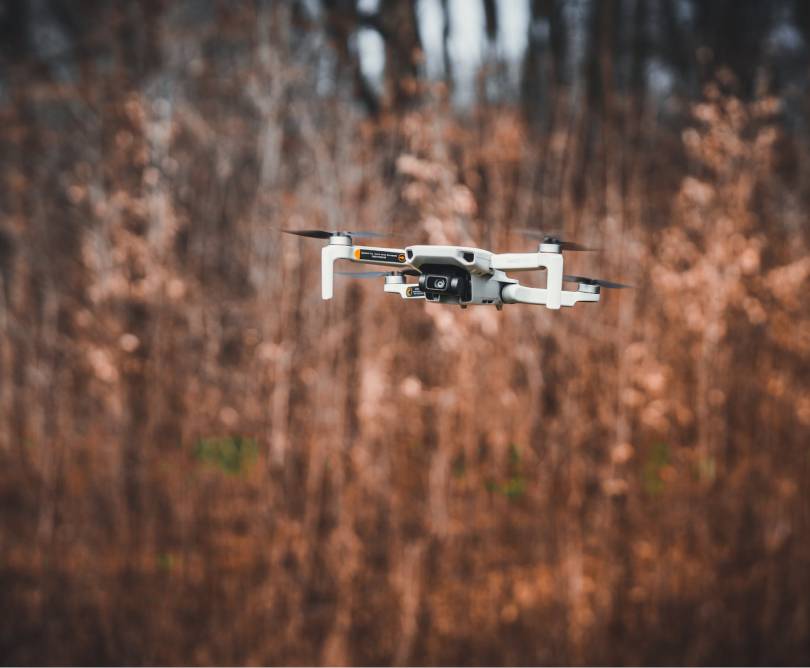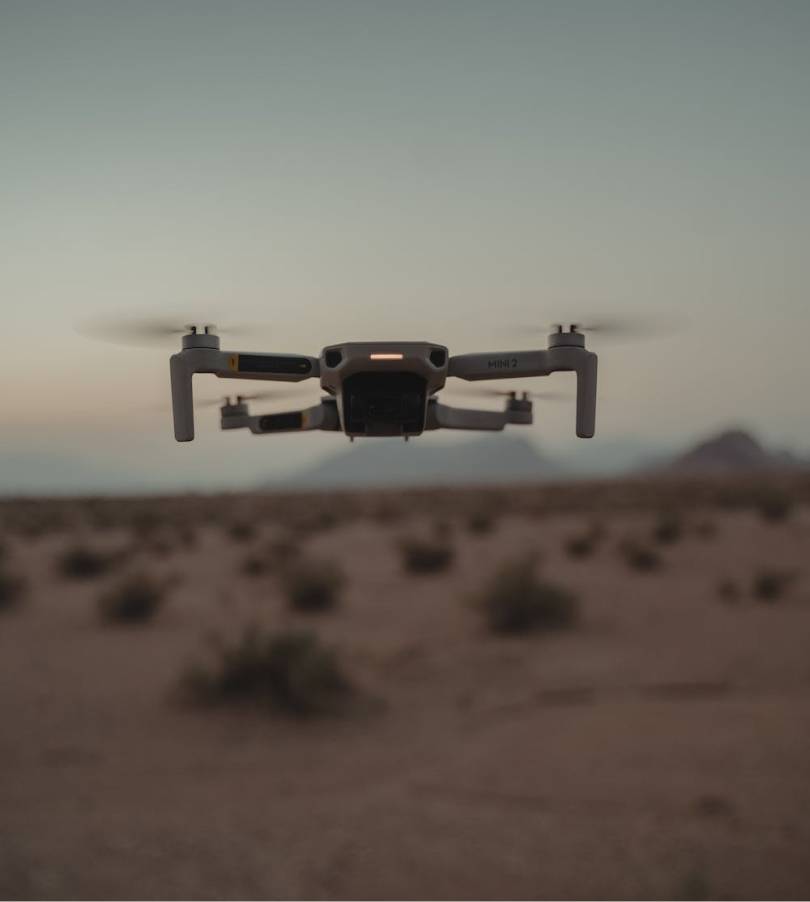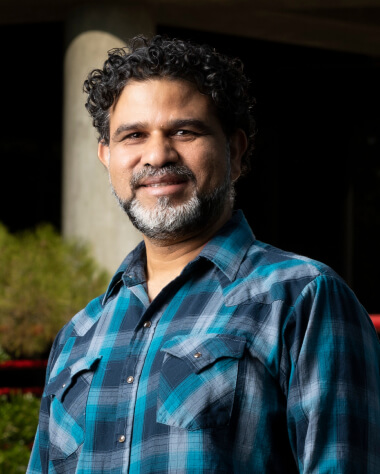Cyberinfrastructure Innovations
Cyberinfrastructure Innovations
The Cyberinfrastructure Innovations (CII) component is integrated into the HDRFS project in a unique and forward-thinking way. The goals and objectives for CII are designed to advance the state of the art across several areas of computational research, while providing the technological fabric upon which end-to-end wildfire science can function.

Key areas of computational research in CII include:
- Development and application of fully-autonomous multi-sensor UAS platforms and flight profiles, prepared to acquire and deliver advanced high-resolution environmental data under remote and challenging conditions;
- Integration of robotic sampling hardware with autonomous platforms to obtain soil and atmospheric measurements equivalent to manually-operated systems;
- End-to-end network, data staging, and computing infrastructure with software pipelines from remote field sites to supercomputing and cloud systems;
- ML computational tools for enabling the integration of domain-experts in the loop for development of training data in ecology;
- Multi-modal sensory fusion and fine-scale model assembly to enable new discoveries in fire and ecological sciences.

These areas are all at the cutting edge of current state-of-the-art computational research, and critical to scaling and improving current environmental science and management approaches to wildfire. Our goals and objectives are laid out to approach complex and challenging problems in robotics, computer vision, networking, distributed systems, and data analytics, on which the core science components of the project rely, in a measured and evolutionary manner.
Our component strategic design is to achieve production readiness and demonstrated integration functionality across HDRFS science domains in ways that radically improve the time-to-science in wildfire ecology, hydrology, atmospheric, and process observation and modeling. By the end of the project, CII team members expect to be seen as key members of a multi-disciplinary regional fire science team, having developed and deployed technologies and theoretical foundations essential to building the computational capacity for fire science domains in the western United States. Products, processes, and capacity that the CII team will establish are irreplaceable in evolving society’s approach and reaction to wildfire.













 Acknowledgement: This material is based upon work supported by the National Science Foundation under Grant No. OIA- 2148788.
Acknowledgement: This material is based upon work supported by the National Science Foundation under Grant No. OIA- 2148788.